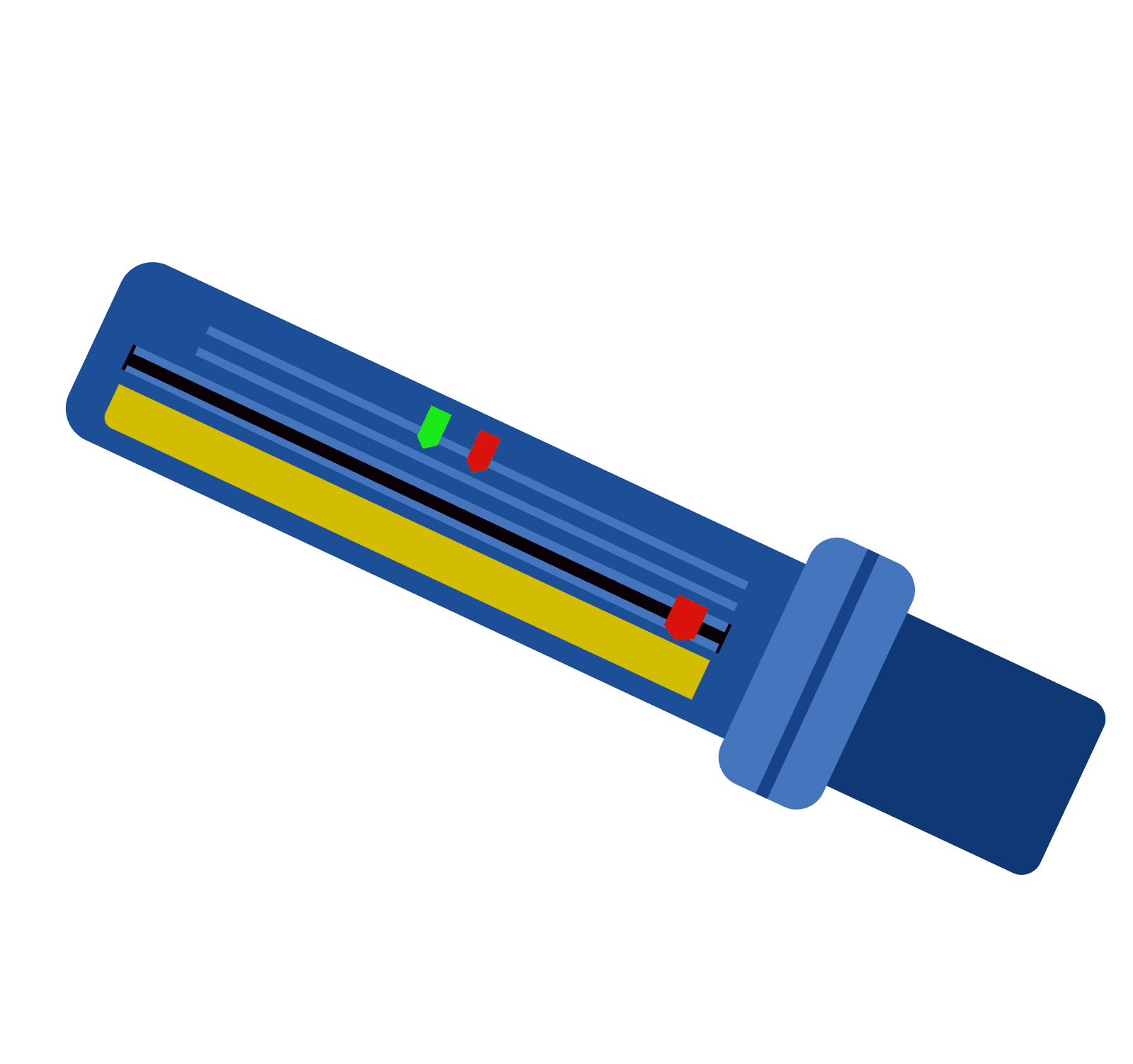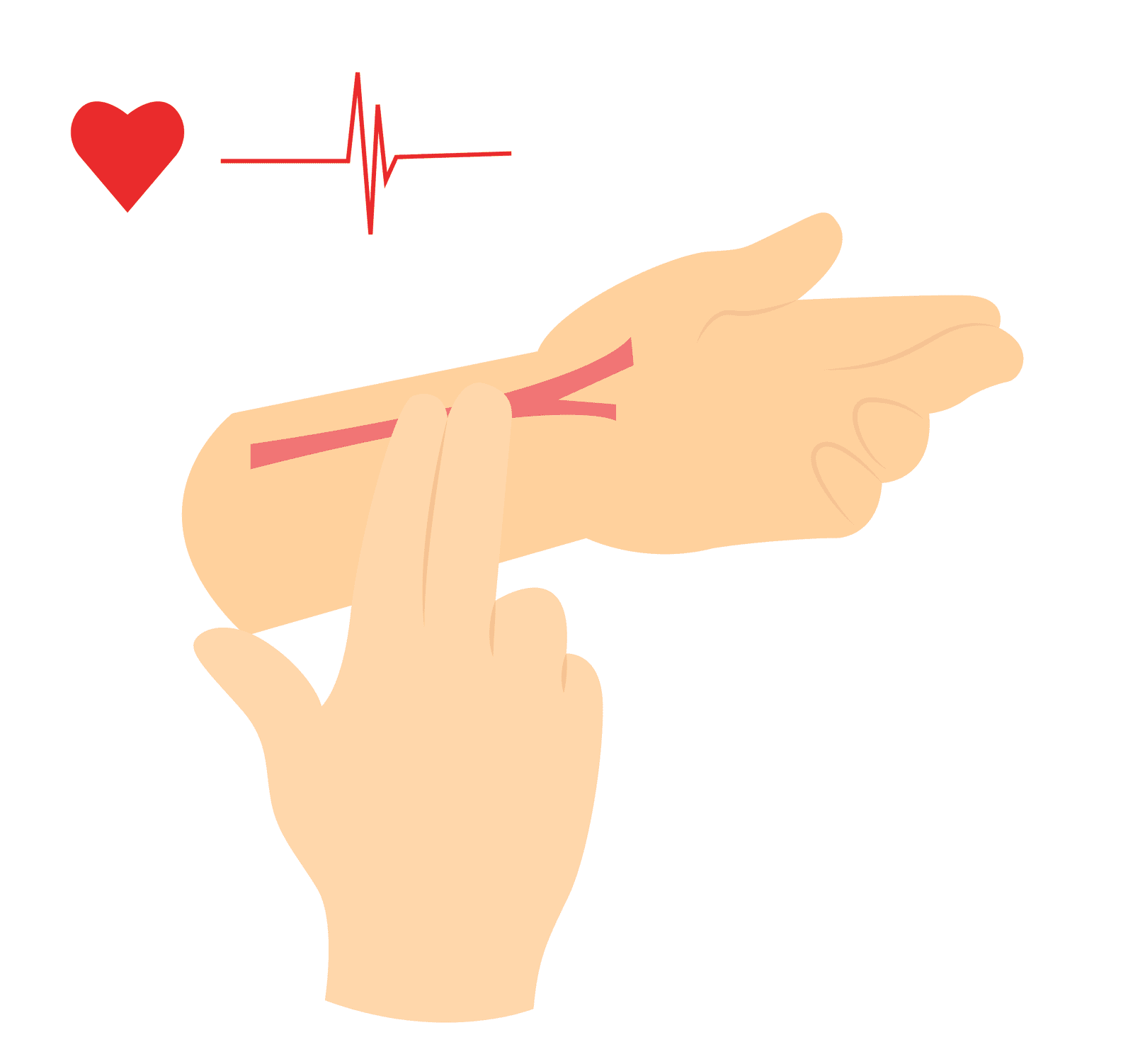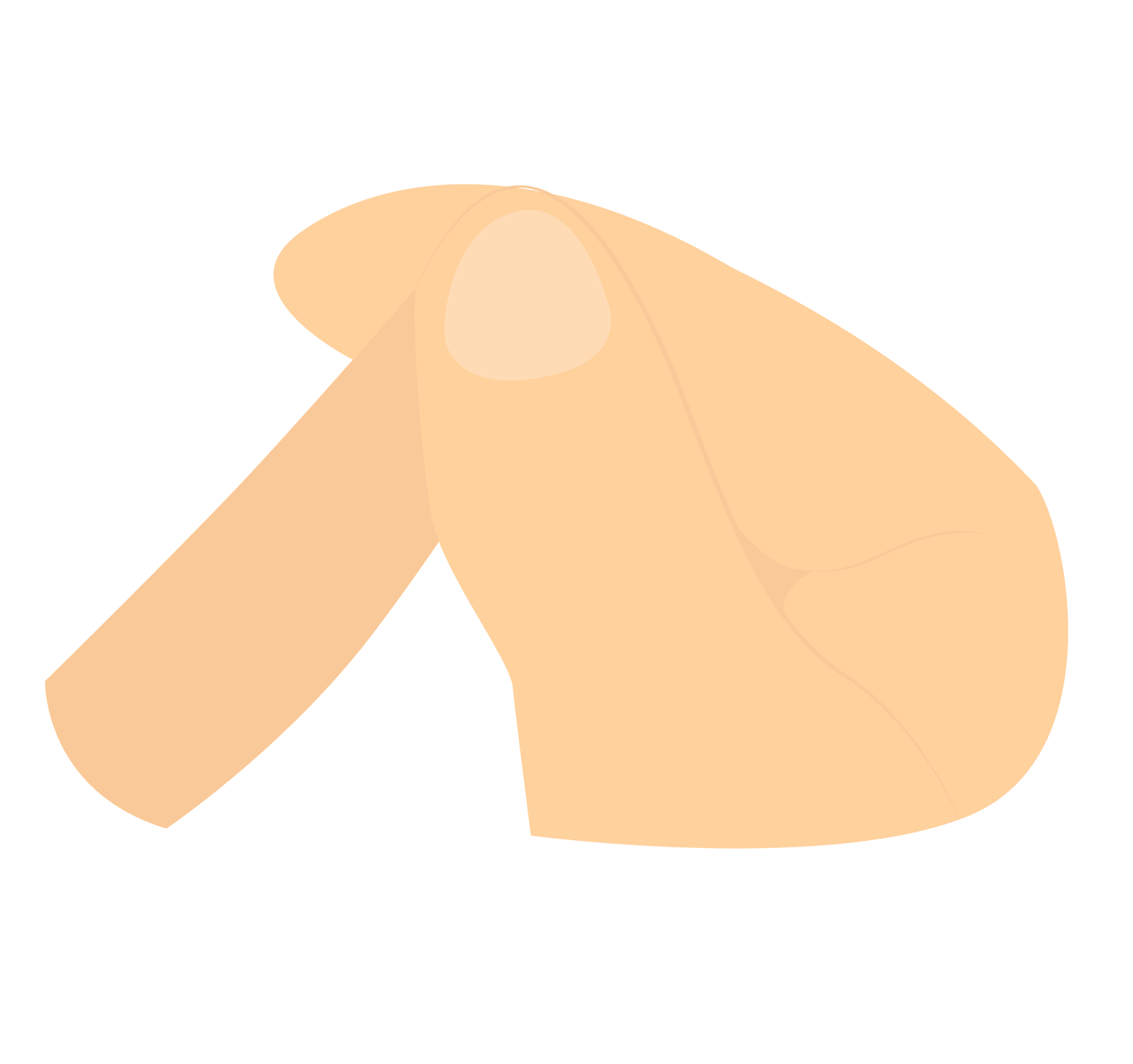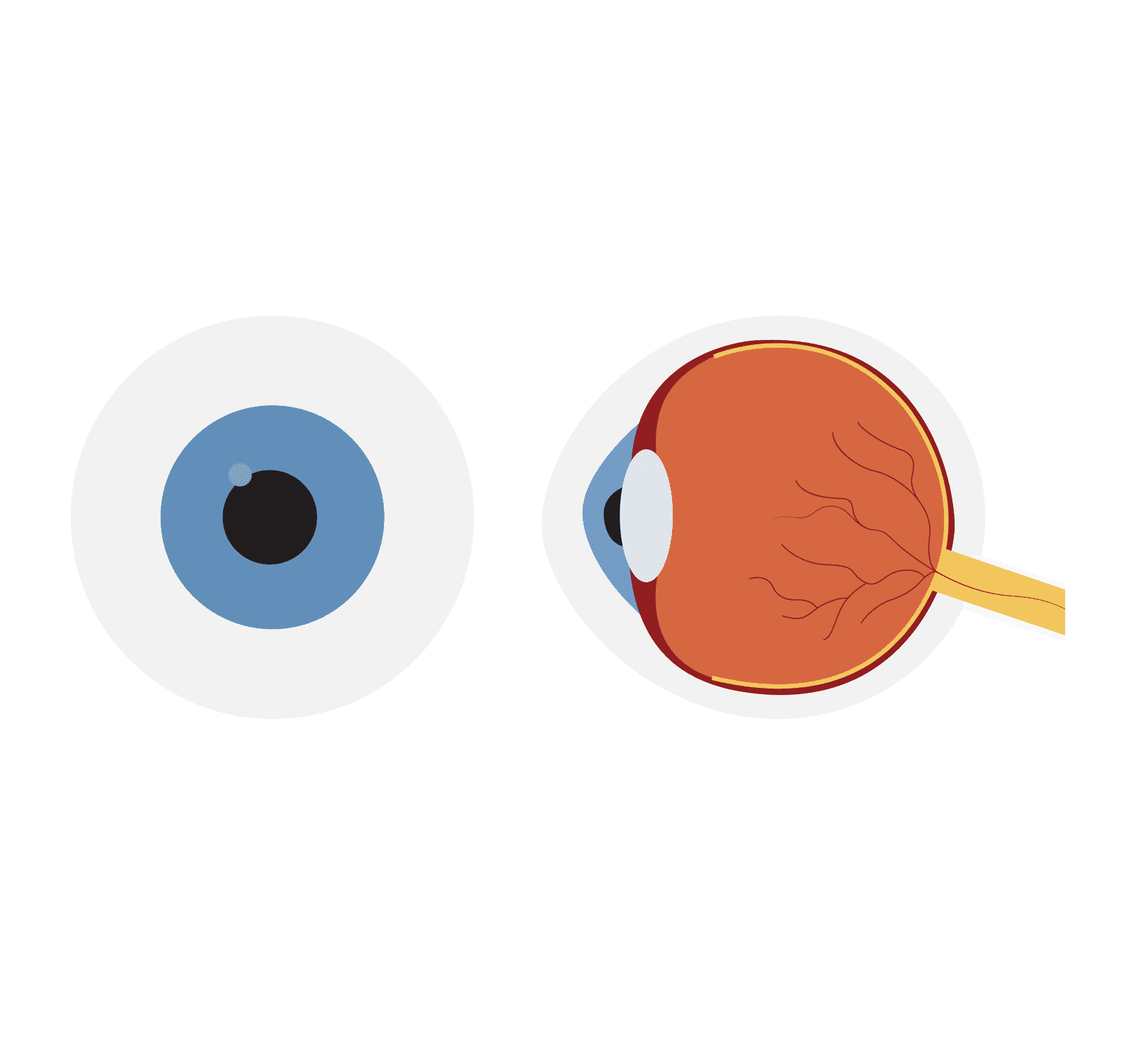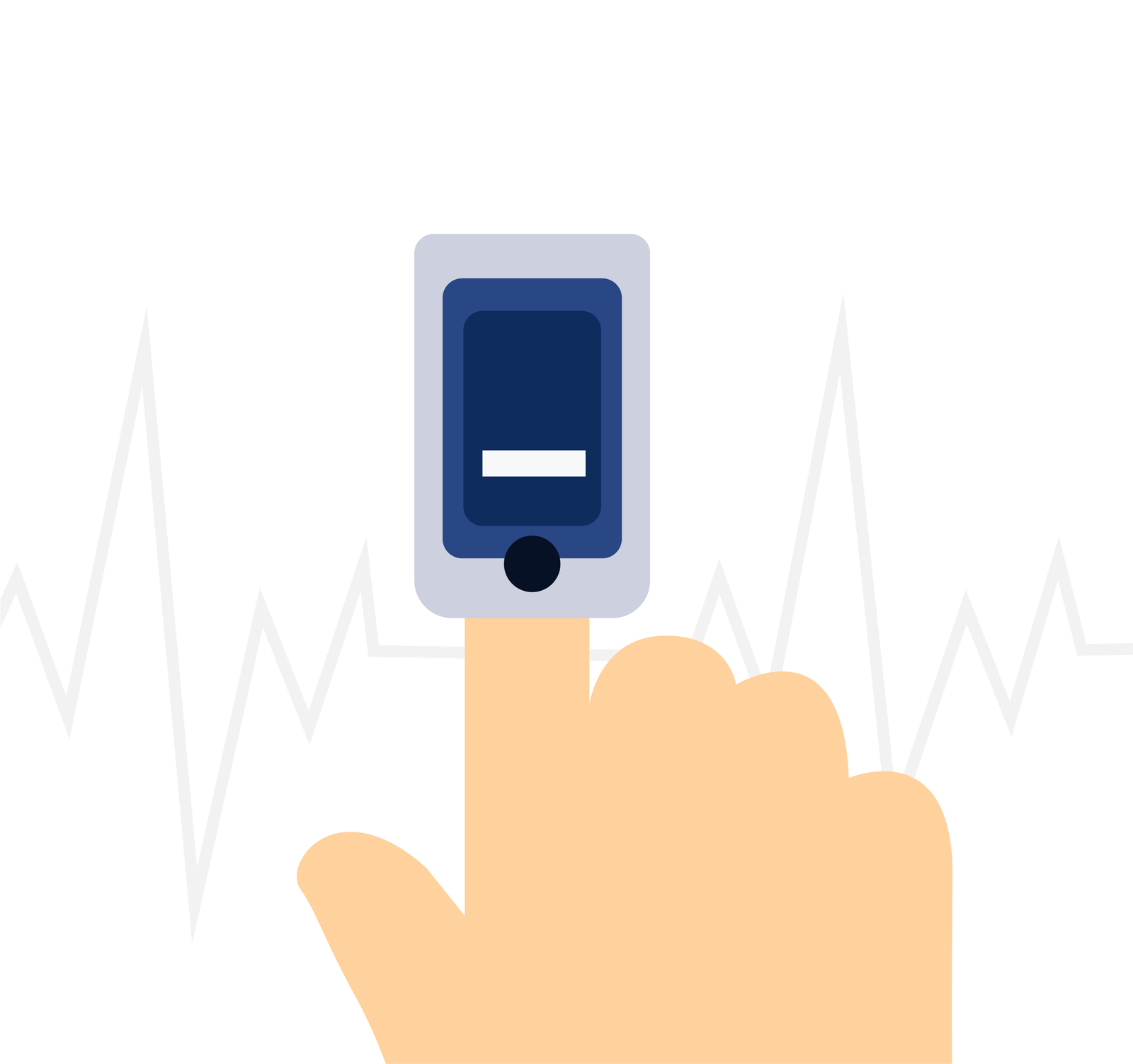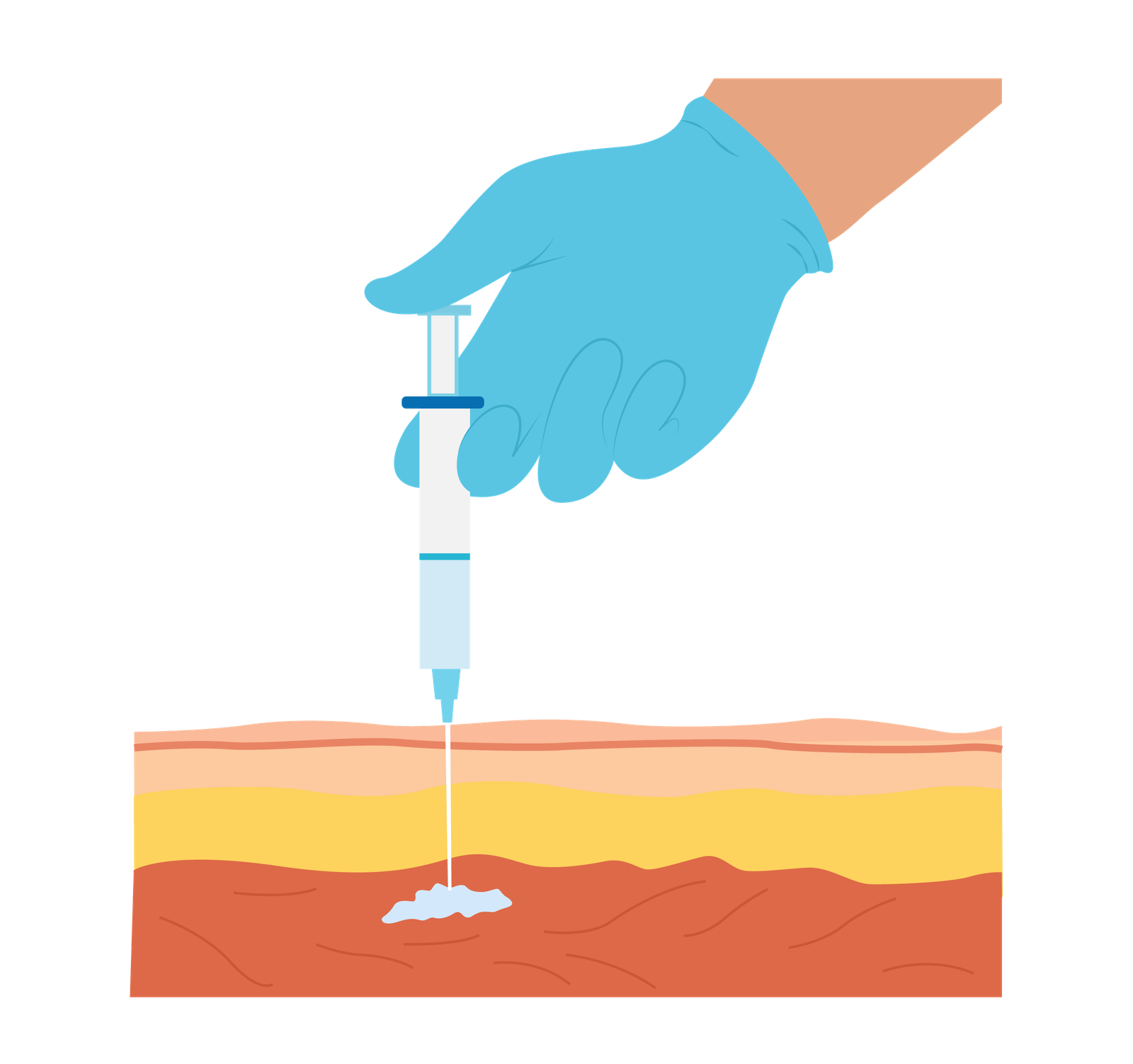Prehospital Pupil Checking
Introduction
A prehospital pupil check is a quick and easy way to assess a patient’s neurological status. The pupils should be equal in size and reactive to light. If the pupils are unequal or non-reactive, it could indicate a serious underlying medical condition.
The examination of the pupils is a crucial component of a neurological assessment and can provide information regarding the integrity of the brain and the functioning of the autonomic nervous system.
Pupils can be assessed for size, shape, and response to a light stimulus. Any abnormal results such as pupillary dilation or constriction, anisocoria, and impaired pupillary reflexes may indicate raised intracranial pressure or lesion.
Indications
Should be carried out in all neurological assessments.
Contraindications
None.
Cautions
Ensure adequate lighting as excessive brightness and dim lighting can affect the accuracy of pupils’ size and reaction assessment.
Drugs can alter the pupil size and reactivity. Drugs such as opioids, sedatives, or certain eye drops can alter the normal pupillary response.
Patients with pre-existing eye conditions, such as cataracts or iris abnormalities, may have naturally altered pupils’ size or shape.
Complications
None
PREHOSPITAL PUPIL CHECKING PROCEDURE
Here are the precedure of prehospital pupil checking
Carry out pre-proecdure checks.
Reduce the light from ambient sources to enable a better assessment of the pupils.
Review the size and shape of the pupil.
Using a bright pen torch, move the light source from the outer aspect of the eye towards the pupil.
Assess the level of constriction and speed.
Repeat 4-5 again but look in the other eye to assess consensual light reflex.
Repeat the above for the opposing eye.
PREHOSPITAL PUPIL CHECK Interpreting Results
Under normal circumstances, the pupils should be of equal size (isochoric) and round. However, changes in this baseline can provide valuable clinical information. Here are the prehospital pupil checking interpreting results
Pupil Shape
Pupils are generally expected to be round. However, certain medical conditions can cause abnormal pupil shapes.
An irregular shaped or distorted pupil can indicate a injury of inflammation, such as iris trauma or uveitis.
An oval pupil may indicate glaucoma or ocular surgery.
It is important, to establish if the pupil shape is new to the patient.
Pupil Size
in prehospital pupil check you should think about the pupil size. Pupils size is regulated by the balanced between the parasympathetic and sympathetic nervous systems and the pupil size will vary in responses to stimuli.
Pupil size is measured in millimetres (mm) with a normal size ranging between 2-6mm.
In bright light conditions, the pupils constrict (miosis) due to the activation of the parasympathetic nervous system.
Conversely, in dim light conditions, the pupils dilate (mydriasis) due to the sympathetic stimulation.
Note that unequal pupil sizes (anisocoria), may be a sign of nerve damage, neurological disorders, eye trauma or certain medications. However, up to 20% of patients will have anisocoria that is unexplained and normal for the patient.
Below shows the common causes for abnormal pupil size.
Pinpoint Pupils – Opiate overdose, brainstem CVA (pontine), miotic eye drops, Horner’s syndrome.
Dilate Pupils – Fear, anxiety anti-cholinergic drug overdose, brainstem CVA (mid brain
Pupil Response
Pupillary reactivity refers to the response of the pupils to light stimulation. When a bright light is directed into the eye, the pupils should constrict (direct response) to minimize the amount of light entering the eye.
Additionally, the opposite pupil (consensual response) should also constrict due to cross-wiring in the brain.
The absence or asymmetry of these responses can indicate abnormalities in the nervous system, such as damage to the optic nerve or impairment in the pupillary reflex pathway.
The response should be relatively swift, therefore sluggish, or slow responses may indicate neurological injury.
Also learn more about Prehospital Airway Management
Follow us on Instagram
Key Points
- Assessing pupils can gather important information regarding neurological and ophthalmic health.
- Shape, size, and response of the pupils should be evaluated. The size should range between 2-6mm, round and relatively swift to react.
Bibliography
Gregory, P., & Mursell, I. (2010). Manual of clinical paramedic procedures. Wiley-Blackwell.
Joint Royal Colleges Ambulance Liaison Committee, & Association of Ambulance Chief Executives. (2022). JRCALC Clinical Guidelines 2022. Class Professional Publishing.
Introduction
The examination of the pupils is a crucial component of a neurological assessment and can provide information regarding the integrity of the brain and the functioning of the autonomic nervous system.
Pupils can be assessed for size, shape, and response to a light stimulus. Any abnormal results such as pupillary dilation or constriction, anisocoria, and impaired pupillary reflexes may indicate raised intracranial pressure or lesion.
Indications
Should be carried out in all neurological assessments.
Contraindications
None.
Cautions
Ensure adequate lighting as excessive brightness and dim lighting can affect the accuracy of pupils’ size and reaction assessment.
Drugs can alter the pupil size and reactivity. Drugs such as opioids, sedatives, or certain eye drops can alter the normal pupillary response.
Patients with pre-existing eye conditions, such as cataracts or iris abnormalities, may have naturally altered pupils’ size or shape.
Complications
None
Procedure
Carry out pre-proecdure checks.
Reduce the light from ambient sources to enable a better assessment of the pupils.
Review the size and shape of the pupil.
Using a bright pen torch, move the light source from the outer aspect of the eye towards the pupil.
Assess the level of constriction and speed.
Repeat 4-5 again but look in the other eye to assess consensual light reflex.
Repeat the above for the opposing eye.
Interpreting Results
Under normal circumstances, the pupils should be of equal size (isochoric) and round. However, changes in this baseline can provide valuable clinical information.
Pupil Shape
Pupils are generally expected to be round. However, certain medical conditions can cause abnormal pupil shapes.
An irregular shaped or distorted pupil can indicate a injury of inflammation, such as iris trauma or uveitis.
An oval pupil may indicate glaucoma or ocular surgery.
It is important, to establish if the pupil shape is new to the patient.
Pupil Size
Pupils size is regulated by the balanced between the parasympathetic and sympathetic nervous systems and the pupil size will vary in responses to stimuli.
Pupil size is measured in millimetres (mm) with a normal size ranging between 2-6mm.
In bright light conditions, the pupils constrict (miosis) due to the activation of the parasympathetic nervous system.
Conversely, in dim light conditions, the pupils dilate (mydriasis) due to the sympathetic stimulation.
Note that unequal pupil sizes (anisocoria), may be a sign of nerve damage, neurological disorders, eye trauma or certain medications. However, up to 20% of patients will have anisocoria that is unexplained and normal for the patient.
Below shows the common causes for abnormal pupil size.
Pinpoint Pupils – Opiate overdose, brainstem CVA (pontine), miotic eye drops, Horner’s syndrome.
Dilate Pupils – Fear, anxiety anti-cholinergic drug overdose, brainstem CVA (mid brain).
Pupil Response
Pupillary reactivity refers to the response of the pupils to light stimulation. When a bright light is directed into the eye, the pupils should constrict (direct response) to minimize the amount of light entering the eye.
Additionally, the opposite pupil (consensual response) should also constrict due to cross-wiring in the brain.
The absence or asymmetry of these responses can indicate abnormalities in the nervous system, such as damage to the optic nerve or impairment in the pupillary reflex pathway.
The response should be relatively swift, therefore sluggish, or slow responses may indicate neurological injury.
Key Points
- Assessing pupils can gather important information regarding neurological and ophthalmic health.
- Shape, size, and response of the pupils should be evaluated. The size should range between 2-6mm, round and relatively swift to react.
Bibliography
Gregory, P., & Mursell, I. (2010). Manual of clinical paramedic procedures. Wiley-Blackwell.
Joint Royal Colleges Ambulance Liaison Committee, & Association of Ambulance Chief Executives. (2022). JRCALC Clinical Guidelines 2022. Class Professional Publishing.

